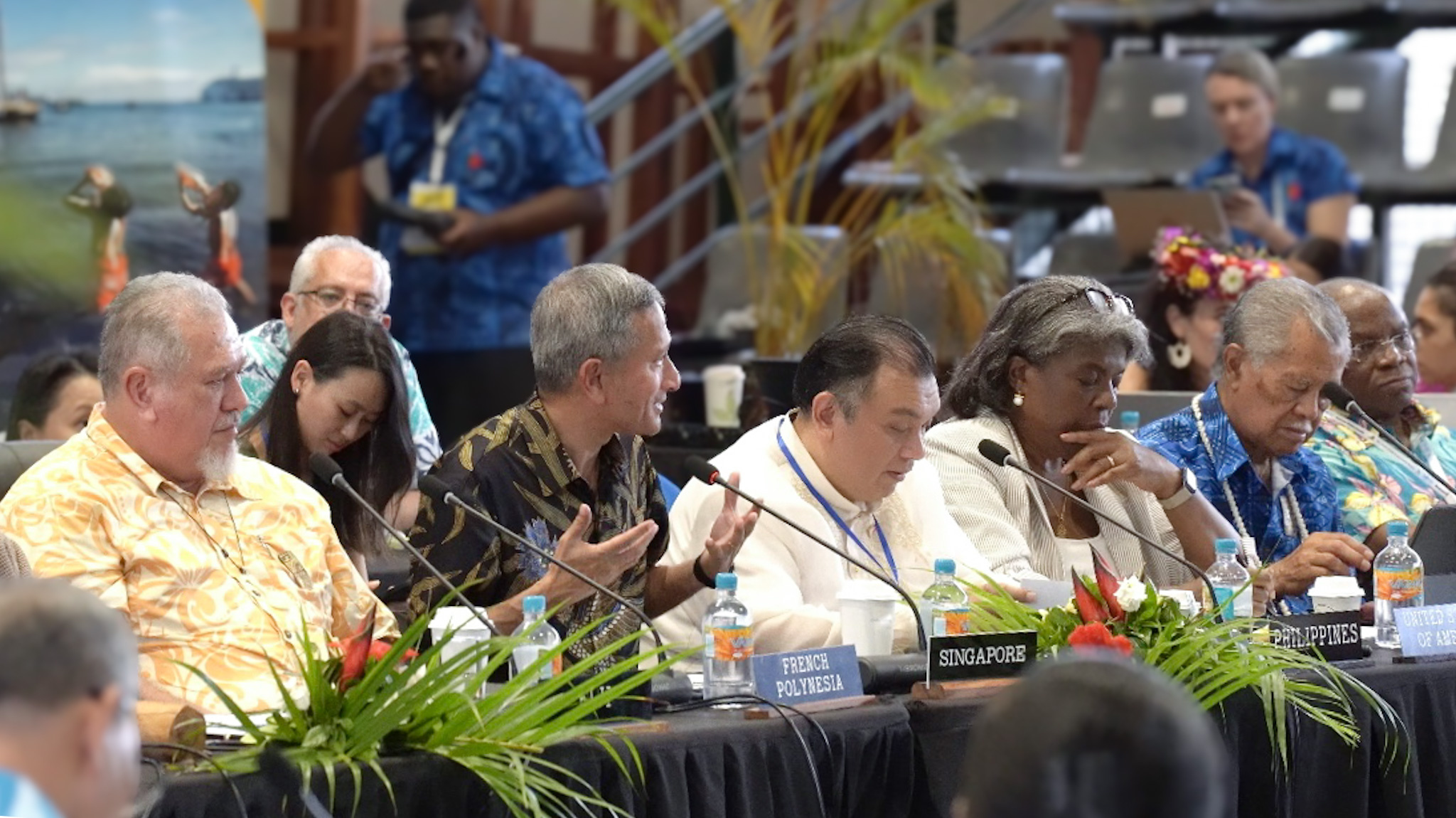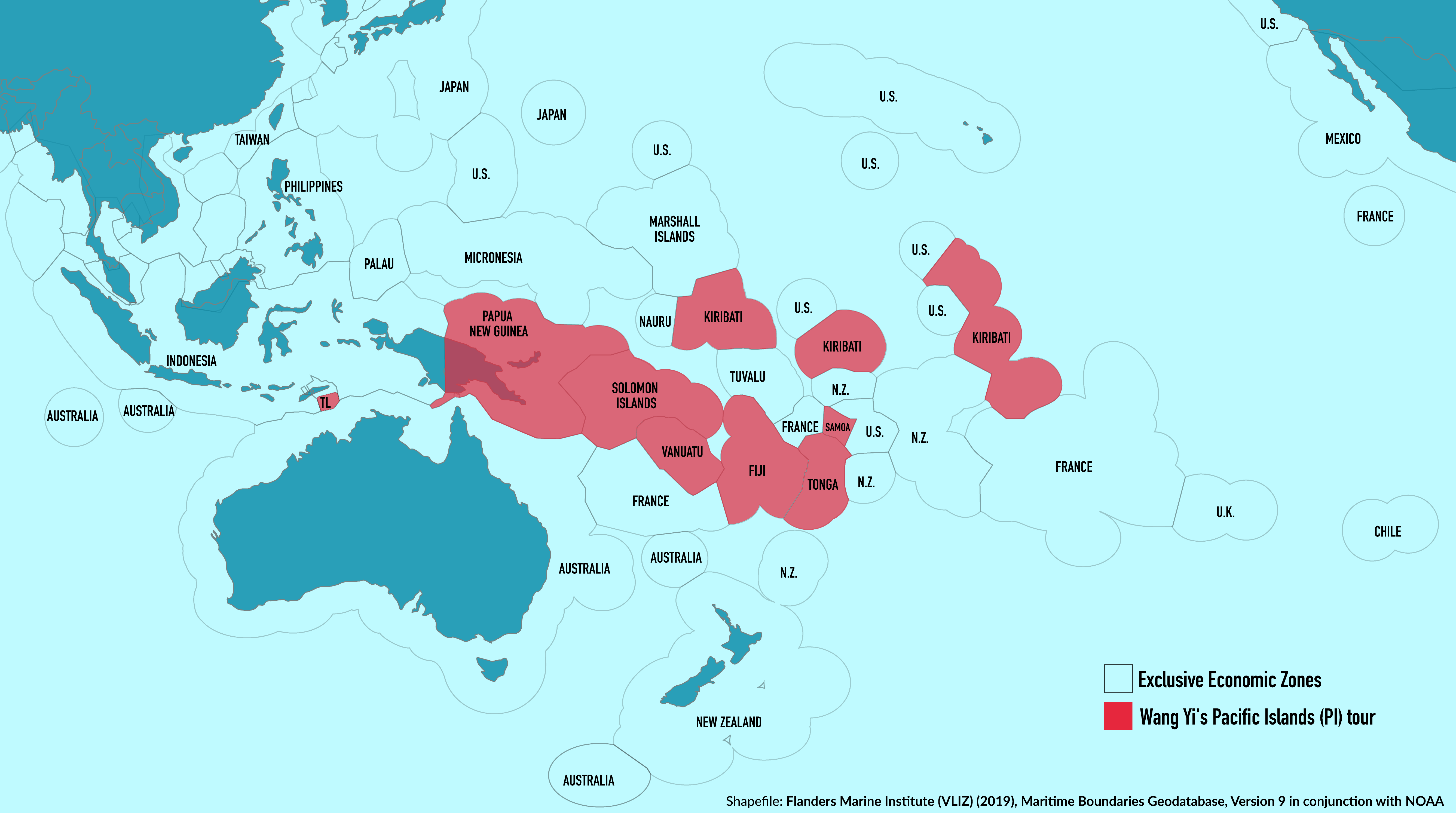Visit by Minister for Foreign Affairs Dr Vivian Balakrishnan to the Cook Islands for the 52nd Pacific Islands Forum Leaders Meeting, 9 to 11 November 2023
Minister for Foreign Affairs Dr Vivian Balakrishnan visited Cook Islands from 9 to 11 November 2023 to attend the 52nd Pacific Islands Forum (PIF) Leaders Meeting, marking the first time that Singapore participated in the PIF Leaders Meeting as a Dialogue Partner.
Minister Balakrishnan delivered remarks at the 2050 Pacific Prosperity High-Level Thematic Dialogue on 10 November 2023. He highlighted that Singapore viewed relations with the PIF as strategic. As fellow Small Island Developing States, Singapore and the Pacific Islands share a commitment to tackling global challenges, particularly the existential issue of climate change. Over the past 30 years, Singapore has shared our development experience with more than 5,800 Pacific officials under the Singapore Cooperation Programme.
Minister Balakrishnan announced the launch of a three-year customised technical assistance package for the Pacific named the “Singapore-Pacific Resilience and Knowledge Sharing” (SPARKS) package. The SPARKS package comprises courses in climate resilience, cybersecurity and international law. These courses will support the Pacific’s capacity building efforts in priority areas under the PIF’s 2050 Strategy for the Blue Pacific Continent, the blueprint for charting the region’s future. The transcript of Minister Balakrishnan’s remarks and a factsheet on the SPARKS package are at Annexes A and B.
During his visit, Minister Balakrishnan met several leaders from the Pacific, including PIF Chair and Cook Islands Prime Minister Mark Brown, Fiji Prime Minister Sitiveni Rabuka, French Polynesia President Moetai Brotherson, Kiribati President Taneti Maamau, New Caledonia President Louis Mapou, Tonga Prime Minister Siaosi Sovaleni, Palau Minister of State for Foreign Affairs Gustav Aitaro, Solomon Islands Minister for Foreign Affairs and External Trade Jeremiah Manele, and PIF Secretary General Henry Puna. Minister Balakrishnan had good discussions with these leaders on the Pacific’s priorities as well as how Singapore can work with them both bilaterally and multilaterally.
. . . . .
MINISTRY OF FOREIGN AFFAIRS
SINGAPORE
11 NOVEMBER…




